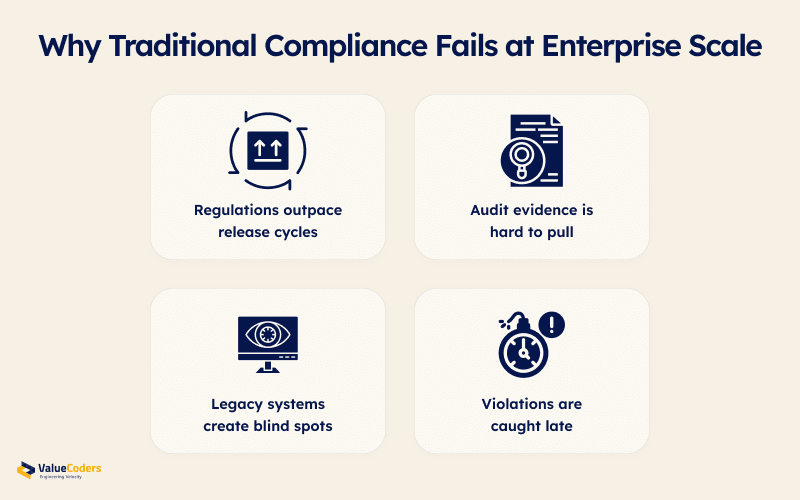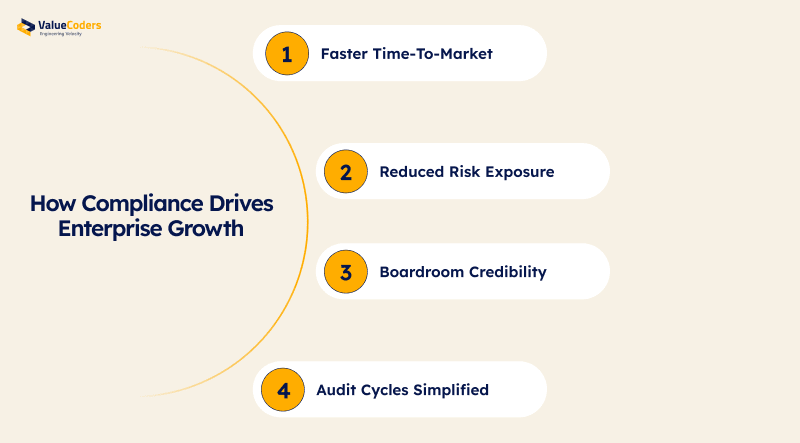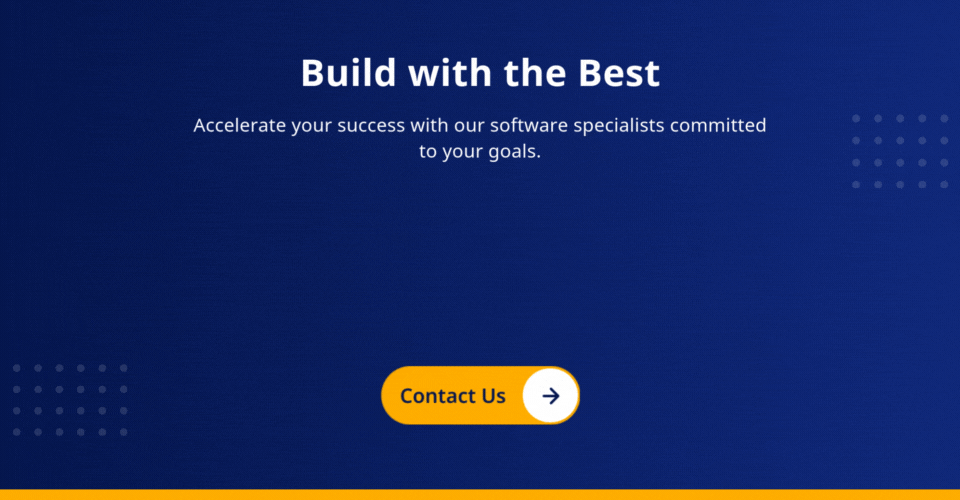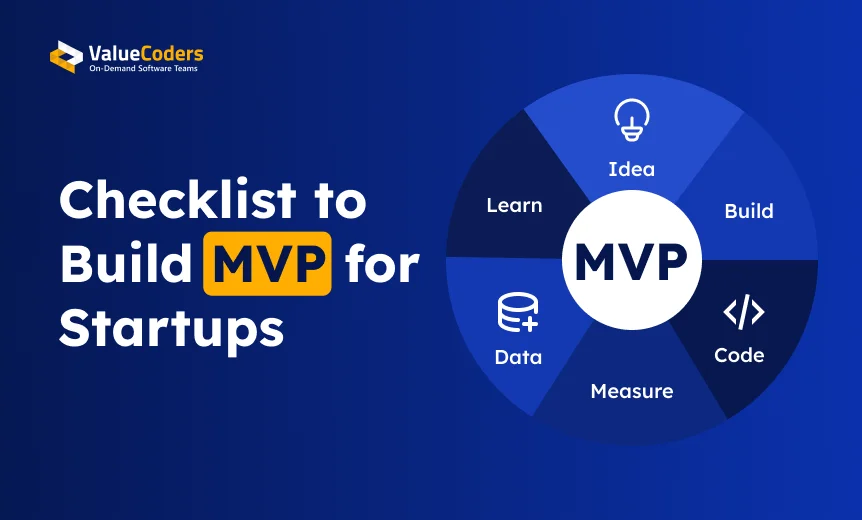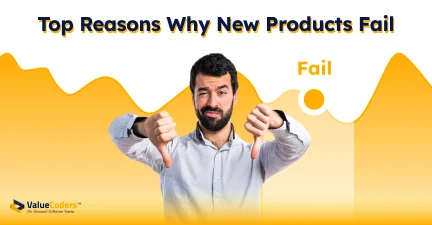Compliance isn’t just a checkbox. Failing to comply with regulations is a serious business risk.
For CTOs, the stakes are high:
One missed violation, and enterprise risk spikes overnight.
Zеro Violation Enginееring flips thе script. Compliancе and controls arе built into systеms from day onе, violations arе prеvеntеd bеforе thеy happеn, and еntеrprisеs stay audit-rеady 24/7.
Lеt’s еxplorе how Zеro Violation Enginееring works, thе control mеasurеs that makе it possiblе, and how еntеrprisеs can stay audit-rеady from day onе.
Build Zero Violation Systems with ValueCoders
Why Enterprises Need Zero Violation Engineering Now
For decades, compliance has been reactive. You’d build, release, and then scramble to prove compliance when auditors showed up. It worked, until it didn’t.
Why it fails at enterprise scale:
- Regulations change faster than your release cycles.
- Auditors ask for evidence you can’t easily pull.
- Legacy code creates blind spots.
- Violations get caught late, costing time and reputation.
Zеro Violation Enginееring (ZVE) flips that modеl. Instеad of chasing down violations aftеr thеy happеn, you prеvеnt thеm with proactivе controls, automation, and alignmеnt with еntеrprisе risk managеmеnt.
Think of it as building systеms that arе compliant by dеfault, not compliant by clеanup.
Compliance and Control Measures in Zero Violation Engineering
Zero Violation Engineering isn’t theory; it’s a set of practices CTOs can use to turn compliance from a bottleneck into a business enabler. At the heart of this approach are five core controls:
1. Compliance by Design
Compliance isn’t an add-on. It’s part of the architecture.
- Encrypt sensitive data as a default, not an option.
- Build role-based access into design from day zero.
- Automate data retention and residency requirements.
Business Impact: Reduces retrofitting, minimizes risk, and accelerates release cycles without audit delays.
2. Policy-as-Code (Automation First)
Policies shouldn’t live in PDFs. They should live in your pipelines.
- Translate compliance requirements into machine-readable rules.
- Enforce them automatically in CI/CD.
- Example: block a deploy if configs violate enterprise security compliance standards.
Business Impact: Enforcement occurs at engineering speed, preventing violations before they impact production.
3. Continuous Control Monitoring
One-time checks aren’t enough. Controls need to run 24/7.
- Automated monitoring for drift in configurations.
- Alerts when access privileges exceed least-privilege rules.
- Continuous scanning for misconfigurations in cloud and hybrid environments.
Business Impact: Real-time detection ensures continuous audit readiness and prevents costly post-release fixes.
Also Read: Why Legacy Systems are Slowing You Down and How to Modernize Them?
4. Immutable Audit Trails
Auditors don’t want promises; they want proof.
- Every change, every deployment, every access request: logged and traceable.
- Tamper-proof records stored securely.
- Instantly retrievable evidence when needed.
Business Impact: Audit evidence is instantly retrievable, cutting preparation time from weeks to minutes.
5. Enterprise Risk Management Alignment
Compliance isn’t just about passing audits. It’s about protecting the enterprise.
- Link compliance metrics to enterprise risk dashboards.
- Map technical violations to business impact.
- Provide board-ready reporting, not just engineering jargon.
Business Impact: Provides board-ready reporting and supports informed, strategic risk decisions.
Turn every release into a compliance-verified deployment
How Enterprises Stay Audit-Ready from Day One
Here’s the truth: audit readiness can’t be retrofitted. It has to be designed into your systems and culture.
A pragmatic path for CTOs:
- Establish a baseline – Know your current compliance posture against frameworks like SOC 2, HIPAA, GDPR, and PCI DSS.
- Automate enforcement – Use policy-as-code to catch violations before release.
- Monitor continuously – Build real-time monitoring and alerts.
- Log everything – Maintain immutable audit trails for evidence.
- Close legacy gaps – Prioritize legacy system modernization to eliminate blind spots.
This is how enterprises move from compliance headaches to audit confidence.
Also Read: How Our Tech Partnership Helped 50+ Startups Launch Faster
What are the common challenges in implementing zero-violation engineering?
Even seasoned leaders fall into traps when compliance isn’t embedded.
- Paper-driven compliance – Treating compliance as paperwork instead of engineering.
- Manual audit prep – Teams are burning weeks gathering logs and screenshots.
- Fragmented toolsets – Security checks in one place, audit evidence in another, no unified view.
- Delayed remediation – Issues discovered post-audit, when fixes are most expensive.
The solution? Enterprise compliance automation. Centralized, automated, and connected controls prevent violations before they ever hit production.
Also Read: Why Leading Enterprises Trust Offshore Engineering Teams to Scale Fast
Turning Compliance into a Strategic Advantage
Zero Violation Engineering isn’t just about avoiding fines. It creates strategic advantages that CTOs care about.
- Faster time-to-market – No compliance bottlenecks in release cycles.
- Reduced risk exposure – Enterprise security compliance is validated continuously.
- Boardroom credibility – Enterprise risk management tied directly to engineering outcomes.
- Audit cycles simplified – Prep reduced from weeks to hours.
And when you bring in IT Compliance Services, they stop being reactive consultants and start acting as accelerators, helping you scale compliance maturity faster.
Combine that with strong enterprise software development services, and you’ve got a foundation for compliance and innovation to coexist without friction.
Also Read: Why ValueCoders is the Right Partner for Enterprise Software Development?
Building a Culture of Zero Violation Engineering
Let’s be clear: tools and automation get you part of the way. But culture sustains it.
For CTOs, that means leading the shift:
- Position compliance as a core engineering principle, not a tax.
- Encourage teams to treat violations as unacceptable defects.
- Build collaboration between engineering, risk, and compliance functions.
When compliance becomes cultural, audit readiness becomes muscle memory. And that’s when enterprises achieve sustainable resilience.
Partner with ValueCoders to embed compliance and modernize legacy systems.
Final Thought
Zero Violation Engineering isn’t about passing audits. It’s about never being at risk of failing one.
By embedding compliance and control measures into every system, automating enforcement, and aligning with enterprise risk management, CTOs can ensure that their enterprises stay audit-ready from day one.
Because the best audits aren’t just the ones you pass, they’re the ones you don’t even have to prepare for.
To implement this at scale, CTOs need the right partner. That’s where ValueCoders comes in:
- Build compliant enterprise software.
- Modernize legacy systems.
- Integrate IT compliance services.
- Automate compliance without slowing innovation.

